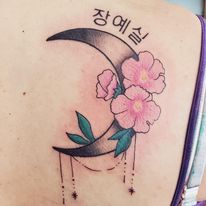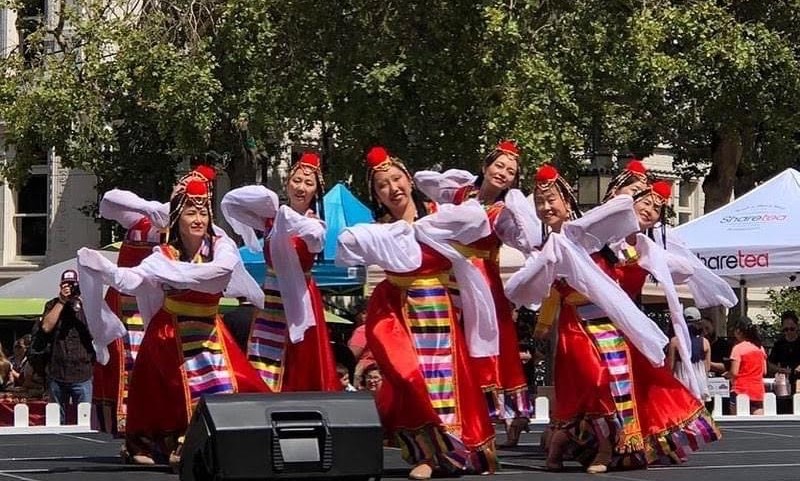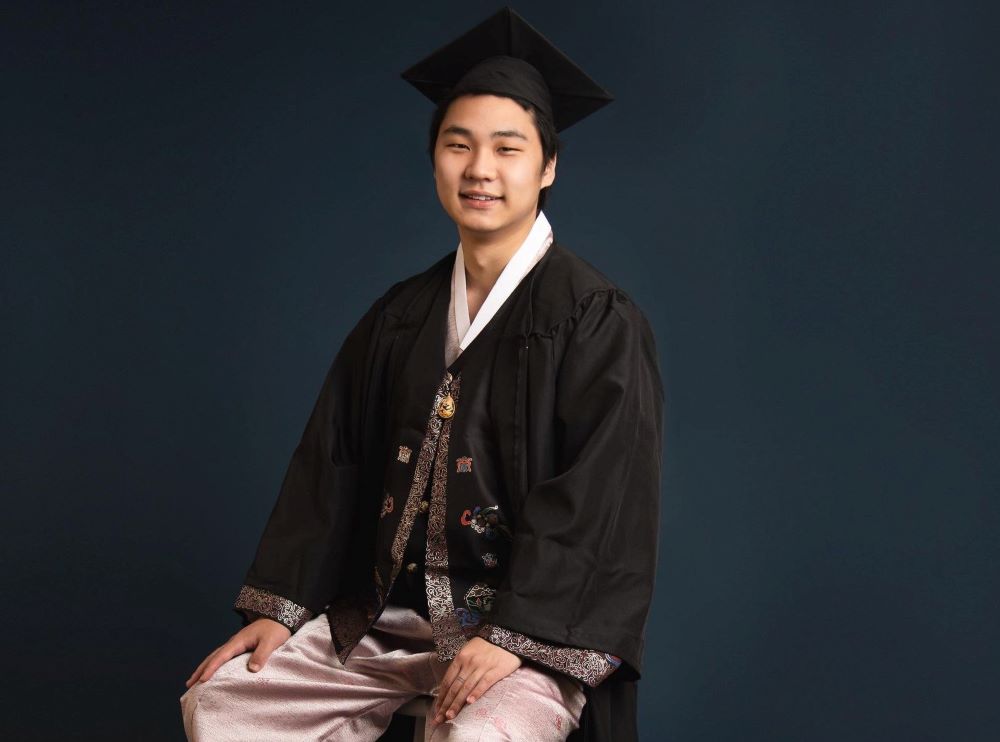The acronym AAPI is used to describe the community of Asian-American and Pacific Islanders in America. This phrase was coined in the late 1900s to bring attention to a community that was struggling and wanted to fight back. Along with this, AAPI Heritage Month was created and is celebrated every May. While there is a growing recognition for this community, the AAPI adoptee community still struggles to be recognized. Many transracial Asian adoptees struggle with their identity and constantly fight to be connected to their culture during AAPI Heritage Month.
How do transracial adoptees connect to a culture they may have not had access to growing up?
Cooking Traditional Meals
One of the most popular (and delicious) ways to connect with a culture is through food. Many Asian adoptees have taken up cooking traditional meals to feel closer to a culture that may have not been offered to them growing up. Luckily, with the Internet, the spread of traditional recipes has been able to reach all over the world and leave their mark on those who are looking to learn.
Studying Native Language

A commonly-missed opportunity adoptees face is a language disconnect. Many Asian adoptees don’t have the resources to learn their birth language while they grow up, thus causing them to feel detached from their roots. To reclaim this part of their identity, some adoptees choose to enroll themselves in language classes and have even set up their own language classes within the community to learn how to speak a language that can put them closer to their birth country.
Participating in AAPI Community Events
As adoptees get older, we find it more important to make connections within the community as a whole to learn about who we can become. Participating in events like school clubs and community projects that not only emphasize the experiences and identity of AAPI but also adoptees, allows for a self expression that embraces our culture.

Practicing Lifestyle Choices
To many people, the way we live life may seem very minimal and small. But it turns out that our habits are a very big part of culture. Tasks such as taking shoes off in the house, learning chopstick etiquette, and wearing traditional clothing during events may seem small; but are actually very important aspects to respect in Asian cultures. By following through with lifestyle choices like these, many people feel closer to the culture that carries these habits through generations.

Celebrating Holidays
Learning about a new culture can always be a lot of work, but something exciting that every culture has is holidays! Celebrating cultural holidays allows for people to better understand tradition and connection between others while having some fun. Festive events can include all of the previously listed actions, allowing people to experience the most while learning!
These are just a few ways transracial adoptees have gotten closer to their culture, especially during AAPI Heritage Month. While most of these activities take place once adoptees gain independence, the community works hard to learn and teach in accessible ways for those who want to be involved. Being able to create resources that can be used now and in the future is a huge aspect of AAPI adoptee community creations that have been shared with not only adoptees but also adoptive parents.
How are you connecting with your culture?
Header: alexandra lammerink
About the Author
You may also like
-
Find Your Third Place at an Independent Cafe
-
Lattes & Confessions: Why Cafes Are the New Third Place
-
6 Social Clubs for Black Professionals to Hang Out, Network, and Enjoy Their Free Time
-
Easy Activities to Bond with Loved Ones Around the Holidays
-
Identifying Corporate Sustainability You Can Actually Trust

